All You Need to know about
Country Music Instruments
- How to choose country music instruments
- How to play country music
If you’re interested in playing music and you enjoy country music, then we’ve got you covered!
Country music is a unique genre, often considered to be popular in regional areas of the United States, but has also spread to other parts of the world such as Europe and Australia.
Country is characterized by performers’ openness and sincerity, soulful lyrics with deep meaning, a rustic vibe, and, of course, acoustic country music instruments. The latter makes a unique atmosphere and gives a recognizable sound to songs.
According to tradition, a country song should have at least one banjo, harmonica, fiddle or mandolin but of course, none of these are necessary to perform country music.
So what’s your jam?
Do you want to learn banjo? Do you want to find out more about mouth harps (Harmonica)?
Curious about Mandolins? Or want to extend your guitar playing into country styles?
If you’re more of a consumer, check our events guide to worldwide country music events.
Banjo
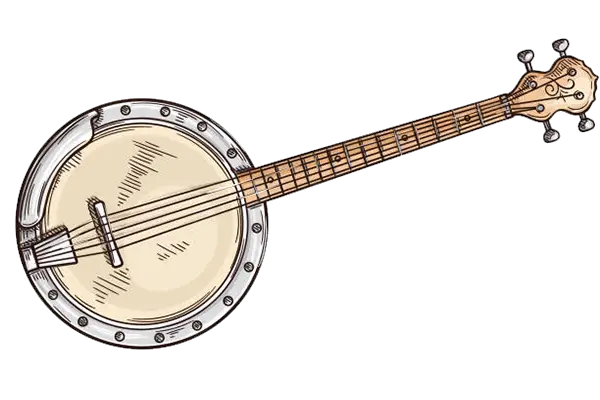
The banjo is a stringed device played with plucks. It has a unique sound that cannot be confused with other instruments. Its bright and resonant “voice” can cheer you up in seconds. It has an acoustic body in the form of a tambourine or drum, to which a neck with 4-6 strings is attached.
It is believed that the banjo was brought from Africa to America as early as the 17th century. It attracted the attention of professional musicians in the 19th century, and in 1830 Joel Walker Sweeney first showed it on stage. The banjo is considered one of the main instruments used in country music or the bluegrass genre.
Banjo Guides
Harmonica
The harmonica, also known as a mouth harp, is a large family of musical instruments. The sound is generated by breathing air in and out through mouth holes, which in turn vibrates the internal reeds to create sound. Musicians can use different techniques to get the sound they want. Various types of harmonicas differ from each other in sound and design.
The first prototype of the modern instrument appeared in Europe in the 19th century and reached North America around the middle of the century. Professional music tracks using it appeared around the 1920s. After some time, it even began to be used to perform classical music, but it still remains a symbol of cowboy country and folk genres.
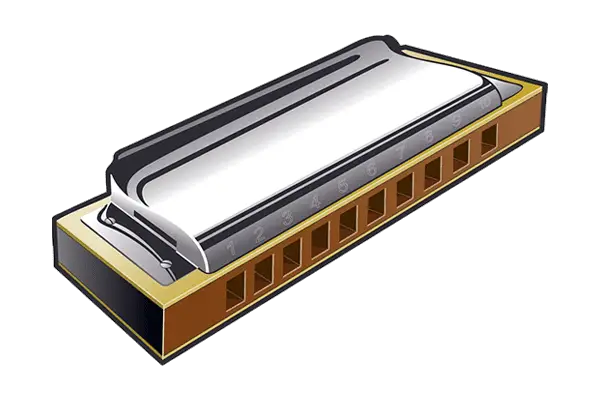
Guitars
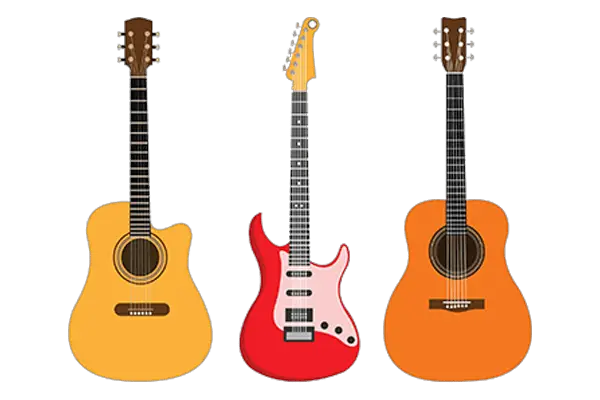
Almost all musical instruments have several varieties, but guitars have perhaps the most subtypes. In their classical form, they are plucked stringed instruments used in almost all musical genres. It is believed that the closest analogue of the modern guitar appeared in the Middle Ages in Spain, and from there, it came to America.
It is a lightweight, portable device that you can always take on the road, so it was popular among American drifters. By the way, America is considered the country that gave the world the most improvements: reverbs, humbuckers, condenser microphones, and much more.
Acoustic Guitar
This type is characterized by a natural tone. The sound from the vibrating strings is amplified by the hollow body resonating. Modern variations might have pickups and volume amps; however, they shouldn’t be used on a classical acoustic guitar. The sound should be extracted from the instrument’s own design. It gained the greatest popularity in America in the 20s of the last century.
Among string instruments in country music, the acoustic guitar occupies a leading position in terms of frequency of use. The most popular among folk and country performers are Jumbo and Dreadnought models (the so-called western ones). They have large bodies, which provide volume and sustain.
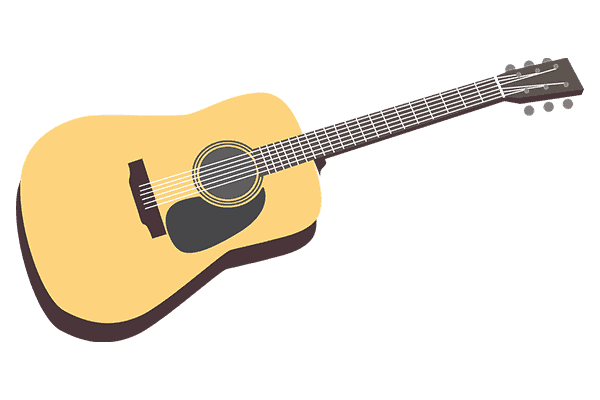
Electric Guitar
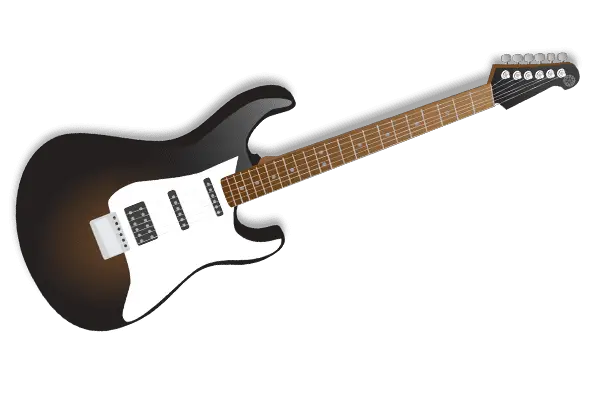
The electric guitar is an improved version of the classical instrument that first appeared in the 20s of the 20th century. It is equipped with electromagnetic pickups that convert string vibrations into electric currents. The resulting sound can be enhanced and improved by various effects.
Country music is considered a rather conservative genre, with acoustic instruments most often used. However, modern performers still utilize electric variations in their songs. The Gibson Les Paul and Fender Stratocaster and Telecaster give the most suitable sound. Country musicians have played the latter since its inception in the 1950s. That said, the genre still retains a natural vibe instead of a massive stadium sound.
Bass Guitar
Even though bass guitars are considered relatively highly specialized devices intended only for playing in the bass range, they regularly make it to the popular country instruments list. They give the music a more voluminous deep sound and are the basis for melodic lines.
There are both electric and acoustic versions, with electric basses appearing first. Only in the middle of the 20th century did acoustic models appear. They have a sound comparable to a double bass and are equipped with pickups to amplify the sound. Bass guitars have replaced double basses in pop, folk, and country music due to their smaller size, smaller weight, and greater volume and sustain. You can often hear them in contemporary, rockabilly, and bluegrass country genres.
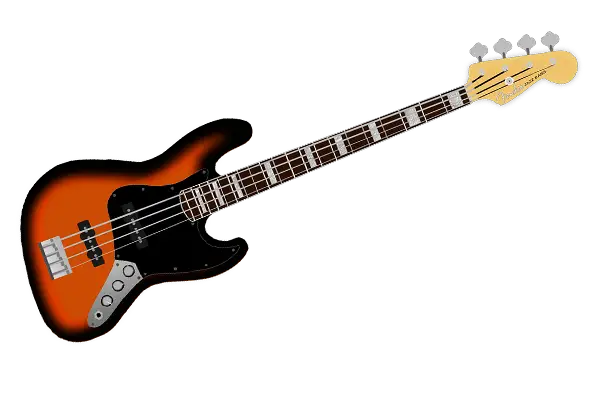
Dobro

A unique variety of resonator guitars called Dobro appeared in America in the early 20th century. It is equipped with six strings and, unlike the acoustic version, has a built-in metal resonator (hence the name of this group of instruments). Depending on the form of this addition, the sound can be loud, sharp, and sonorous, but at the same time fade rather quickly or softer and more lingering.
Often musicians play this device keeping it on their knees. You can find such guitars in western blues, folk, bluegrass, and country music. Although steel guitars replaced them in the 50s, they are still popular with some musicians and fans of the genre.
Steel Guitars
Steel guitars are another unique variation of this stringed instrument. Their peculiarity lies in the fact that they are played not with hands or picks but with steel bars (hence the name), which artists slide along the strings. This type of sound production is called glissando and involves a smooth transition between sounds without the use of frets.
The method is sometimes called “Hawaiian” because players from these islands played their guitars horizontally. It was popularized in the late 19th century by Joseph Kekuku, and in the 1920s, specialized tools for horizontal use began to be produced. They are now utilized in blues, western swing, bluegrass, honky-tonk, and country gospel music.

Mandolin
The Italian stringed instrument mandolin is a close relative of the lute. Its distinctive feature is four double strings (eight in total), which give a continuous sound of one note. It has a short neck and pear-shaped body. There are flat, oval, and semi-oval models.
The first analog of the modern version appeared in Italy around the 17th-18th century. In America, it became popular in the 1940s. During this period, musicians experimented a lot with banjos, guitars, and mandolins, thanks to which the latter firmly entered local folk and country music. Although they are not as popular compared to many guitar variations, they still found their niche in these genres.

Fiddle (Violin)
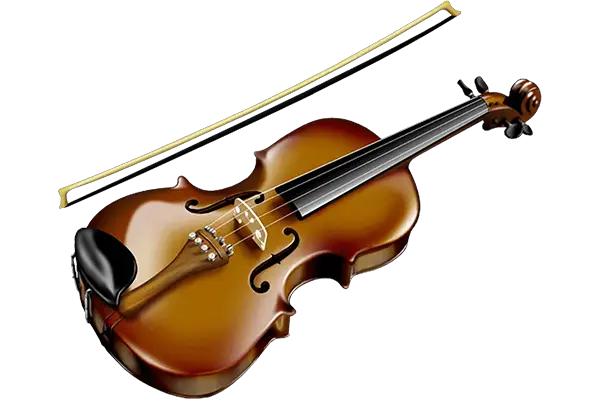
From a constructive point of view, the fiddle is practically no different from the classical “academic” violin, except perhaps smaller dimensions. As a rule, they are equipped with four strings, but there are also three- and five-string models. The main difference is in the repertoire performed with it.
A fiddle is considered a folk violin, playing various ethnic melodies at a fast tempo. As a rule, musicians quickly jump from one note to another, which creates a cheerful and upbeat vibe. This instrument first appeared in Europe in the 10th century, and in the 17th century, it migrated to North America. Performers played fun folk music on it first, and then country and bluegrass bands took it over.
MEET OUR TEAM
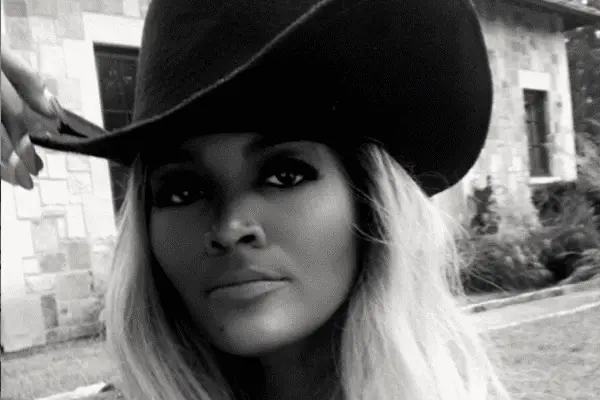
Singer & Author
I am authentically a true country girl at heart. I have only desired to sing one style of music. I have never wavered, in spite of disappointments, delays, rejections, and detours.
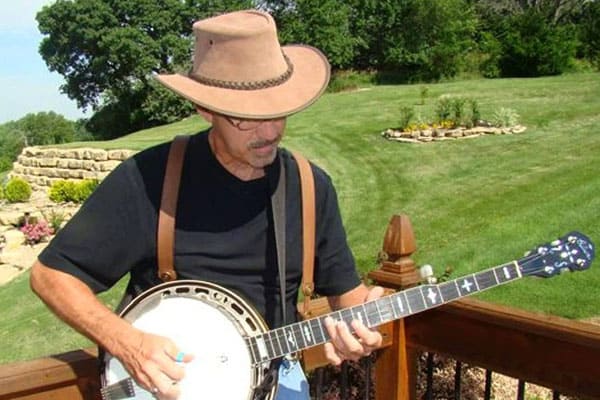
Banjo & Author
I’m Jack Little – an avid country music fan with tons of live country performances in the past. I used to play banjo in a country band with my best friend John Peters, who’s a true country harmonica master. Those were great years and I’m still mastering new banjo playing techniques, writing my own country songs and lyrics, and collecting banjos!
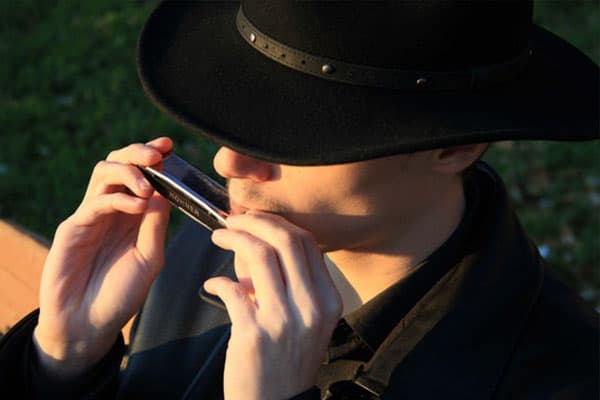
Harmonica & Author
My name is John Peters, and I’m a co-founder and Jack’s and Tayo’s co-editors. My country sole was born when I was not more than 4 years old and my dad brought several country records home. These were the records by Nitty Gritty Dirt Band, Asleep at The Wheel, and Neil Young. I fell in love with the genre forever back then. Before entering the university, I managed to gather a collection of over 1200 vinyl records with both classic and modern country releases.
